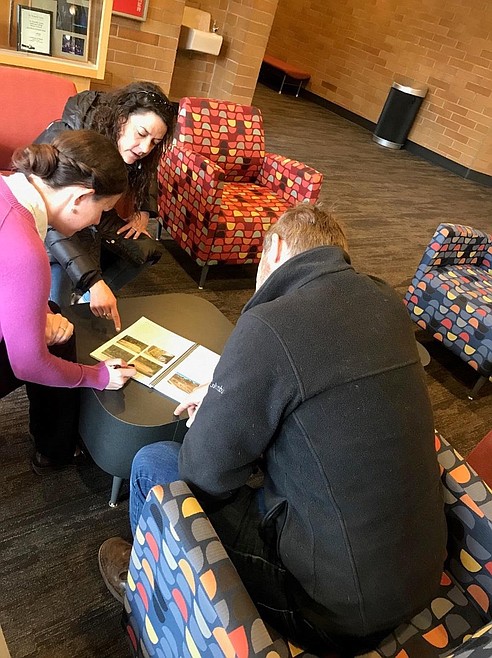Our Gem, Coeur d’Alene Lake
Coeur d'Alene Press | UPDATED 4 years, 9 months AGO
The Our Gem Coeur d’Alene Lake Collaborative is a team of committed and passionate professionals working to protect our local water resources. Participating entities include University of Idaho Community Water Resource Center, Coeur d’Alene Tribe Lake Management Department, Idaho Department of Environmental Quality, Kootenai Environmental Alliance, and CDA 2030.
Discussions about the health of Coeur d’Alene Lake has gained momentum within the last year. An article in High Country News sparked conversation. The Coeur d’Alene Tribe decided to withdraw from the Lake Management Plan to seek more effective and immediate solutions and to call upon EPA to utilize their CERCLA (Comprehensive Environmental Response and Compensation Liability Act) authority to address the mine waste contamination that remains at the bottom of Coeur d’Alene Lake.
In addition, Governor Little called for a third-party review of available data to inform the state’s steps moving forward. In a series of CDA Press articles, the Collaborative will attempt to make a positive contribution to this community conversation with informative and data-driven articles.
With its breathtaking views, abundant fish and wildlife habitat, and vast recreational opportunities, the Coeur d’Alene region is a popular destination for people worldwide. At the heart of it lies Our Gem, Coeur d’Alene Lake. With popularity comes increased development. One person alone is probably not a significant source of pollution.
However, the cumulative effect of hundreds of thousands of people that live, work, and play in our region can have a substantial impact on water quality. It is in all our hands to be good stewards of the land and maintain the good water quality we enjoy. If you live in the Coeur d’Alene Basin there are a lot of ways you can reduce your impact on water quality.
Water quality is a shared responsibility. We rely on our entire community to address nonpoint source pollution (the kind that accumulates across the landscape).
Consider that roughly 3,700 square miles of land area that ultimately drains into Coeur d’Alene Lake. This includes all the land bound by Lookout Pass and beyond Avery to the east, into Washington on the west, Clarkia on the south, and Bunco Road on the north. All the precipitation that falls within these borders eventually flows to the lake, potentially carrying pollution with it. Examples of these pollutants are oils and metals from cars, litter, sediment, and nutrients (such as nitrogen and phosphorus in fertilizers). You can begin to understand how all that happens in that landscape can have profound effects on water quality in the lake.
While this may seem overwhelming, there is a toolbox for our community that provides simple ideas for protecting Our Gem. LakeASyst (Lakeshore Assessment System) was tailored for our region and its unique challenges.
LakeASyst began as an assessment program designed to assist shoreline property owners in making well-informed decisions about property management. LakeASyst materials today are useful for anyone concerned with protecting our water resources: business owners, foresters, ranchers, decision-makers, and community members.
The LakeASyst manual consists of 11 sections, each addressing a specific topic related to nonpoint sources of pollution. Topics include lawn and garden management, new construction, and household wastewater treatment. Each section contains information related to the topic, a self-assessment, and a resource directory to connect you with more information and professionals that can help. The manual provides a simple reference on ways of minimizing impacts of a variety of activities. LakeASyst materials can be found online at http://uidaho.edu/ourgem




